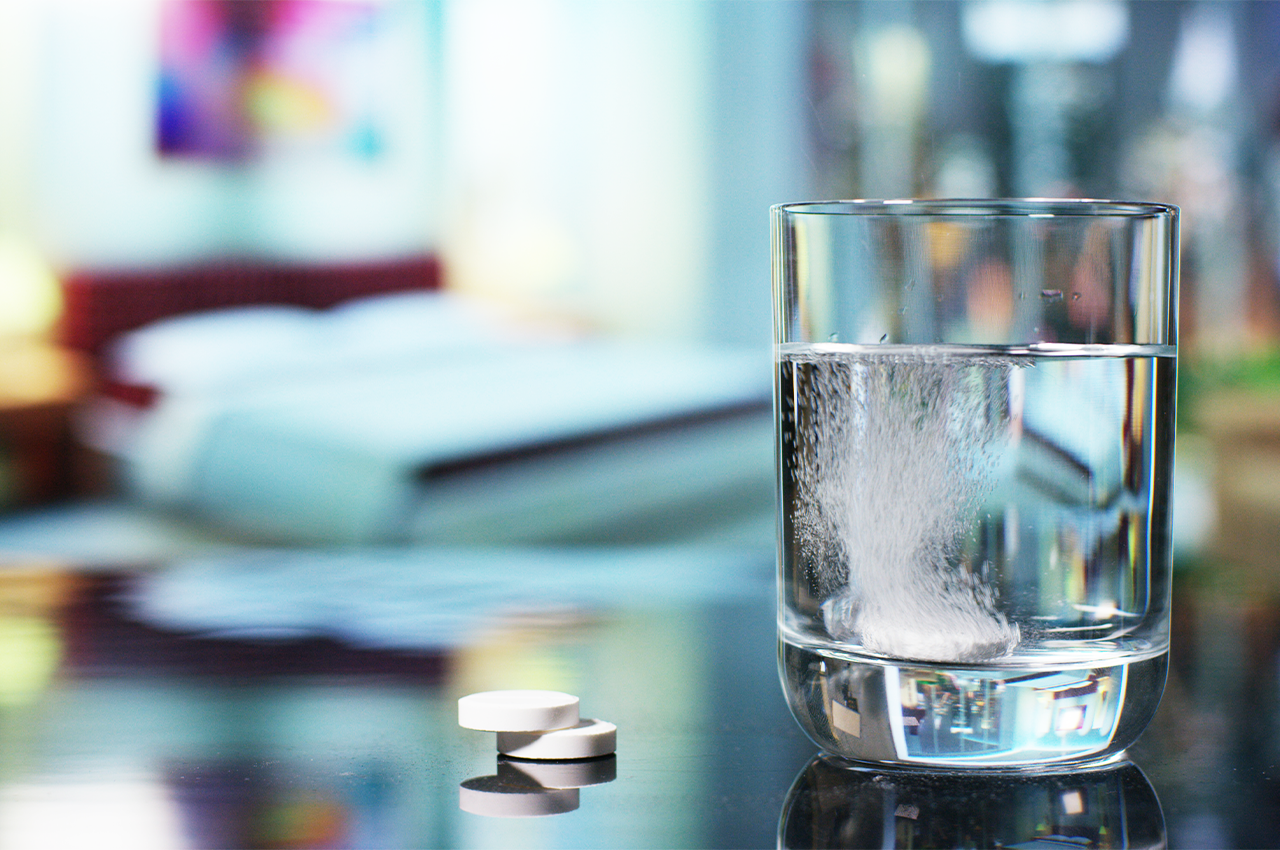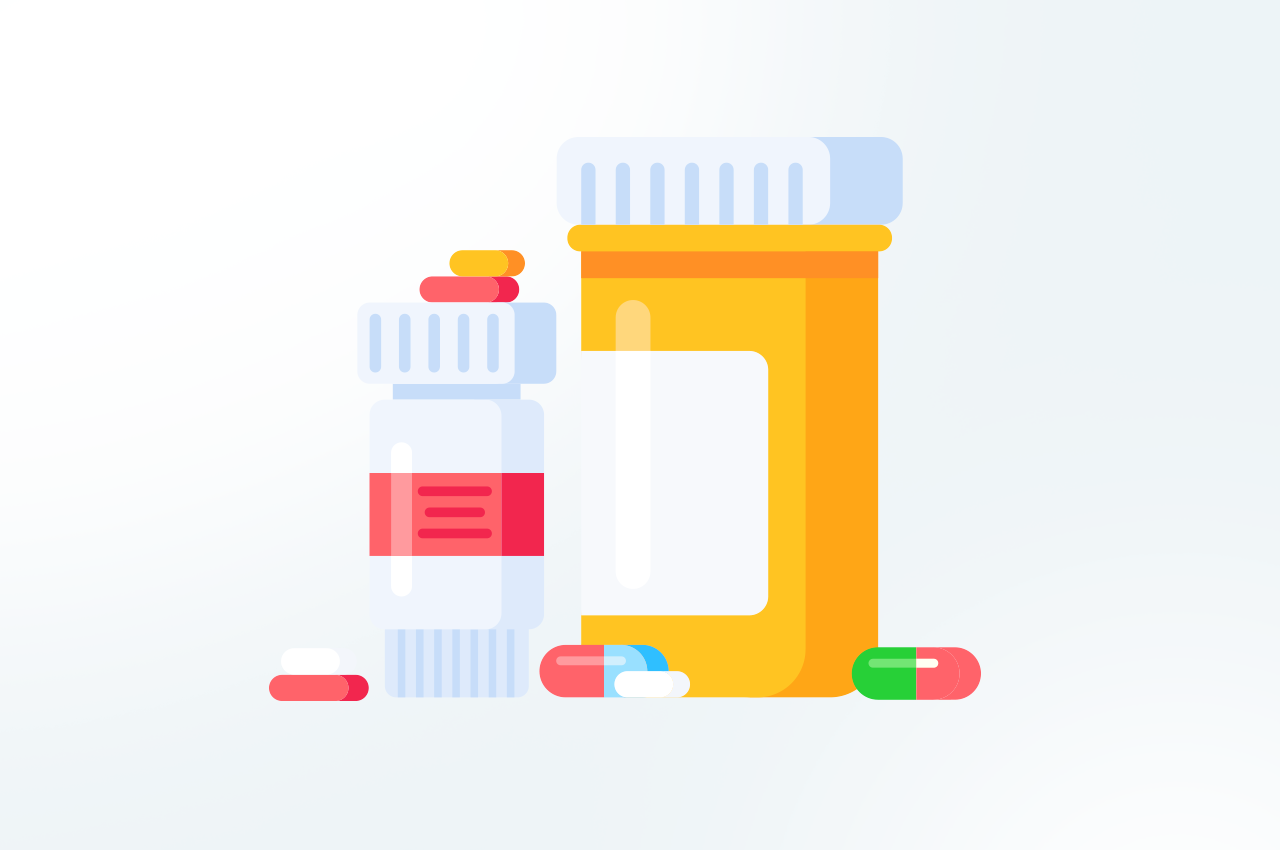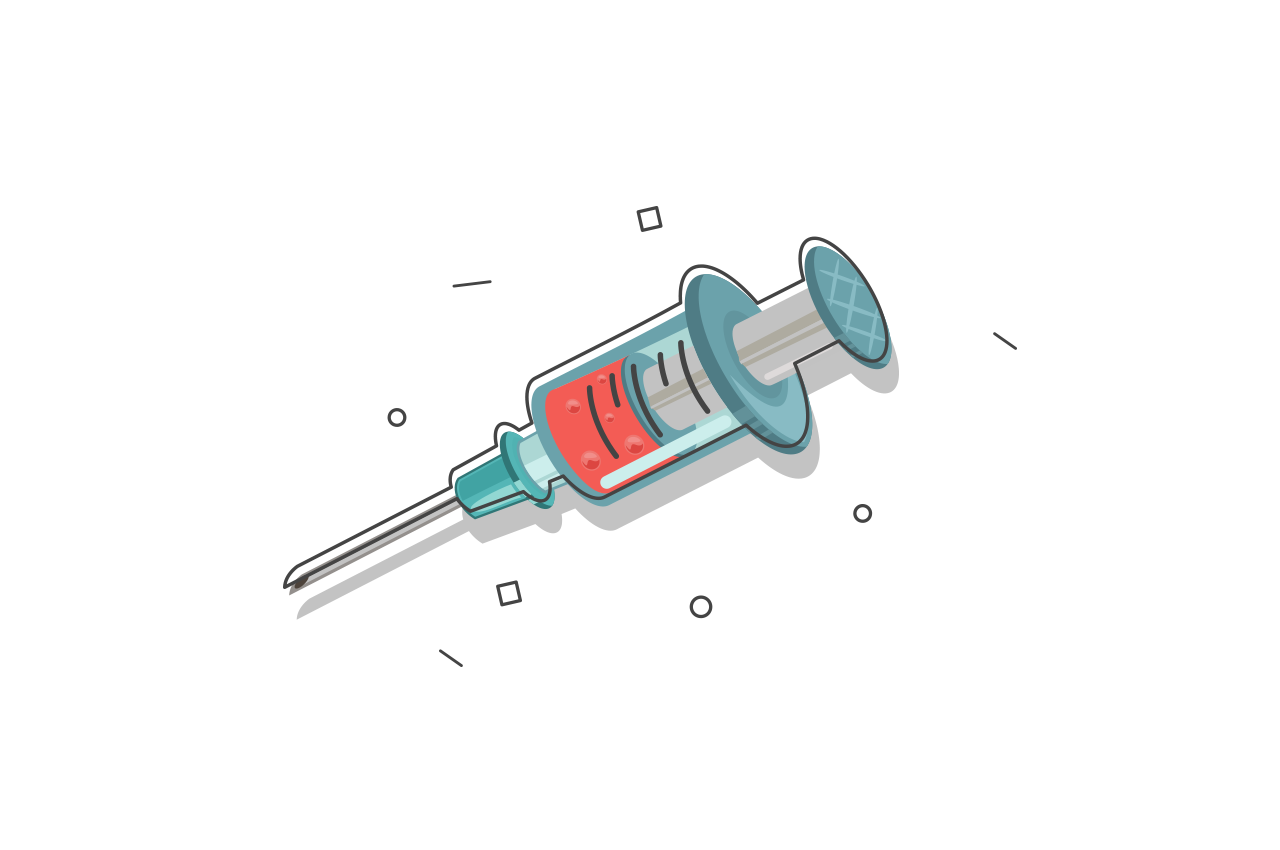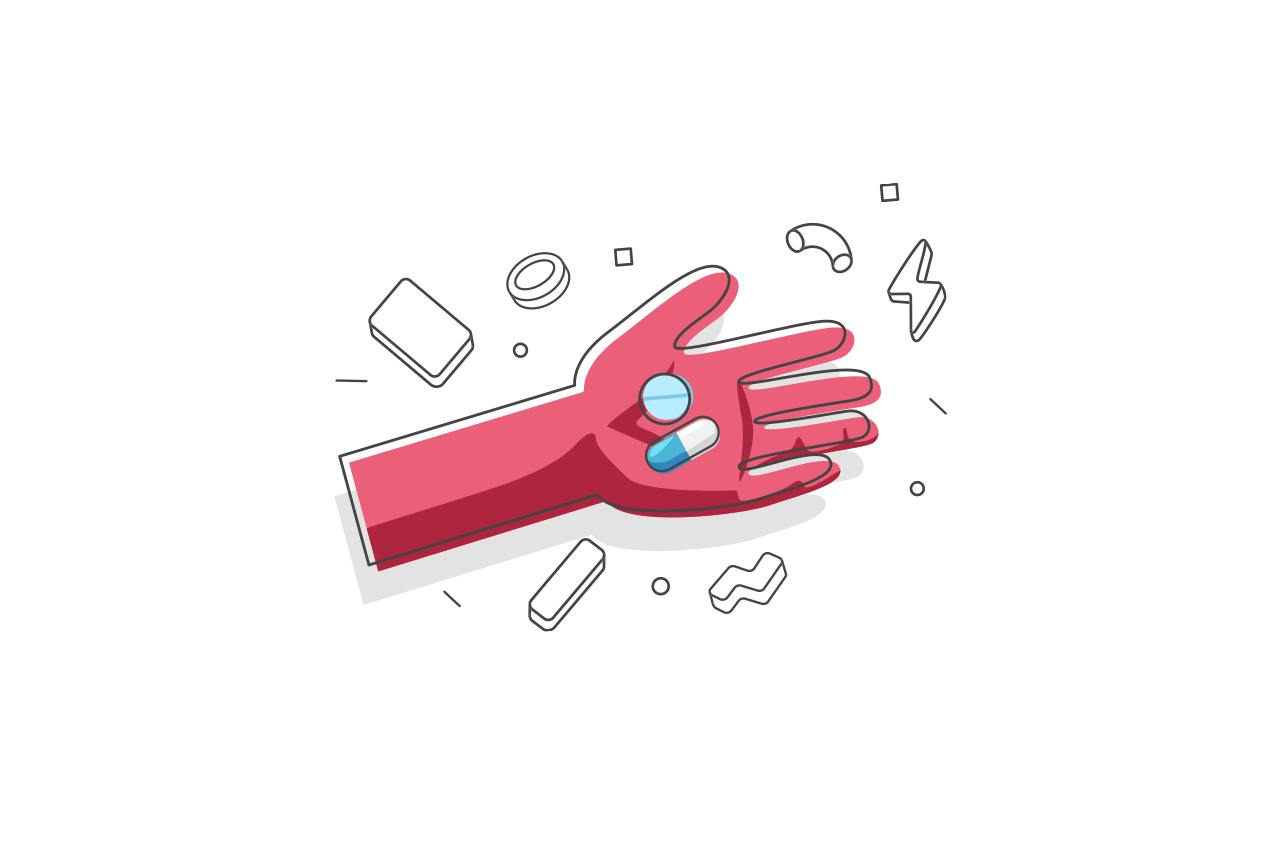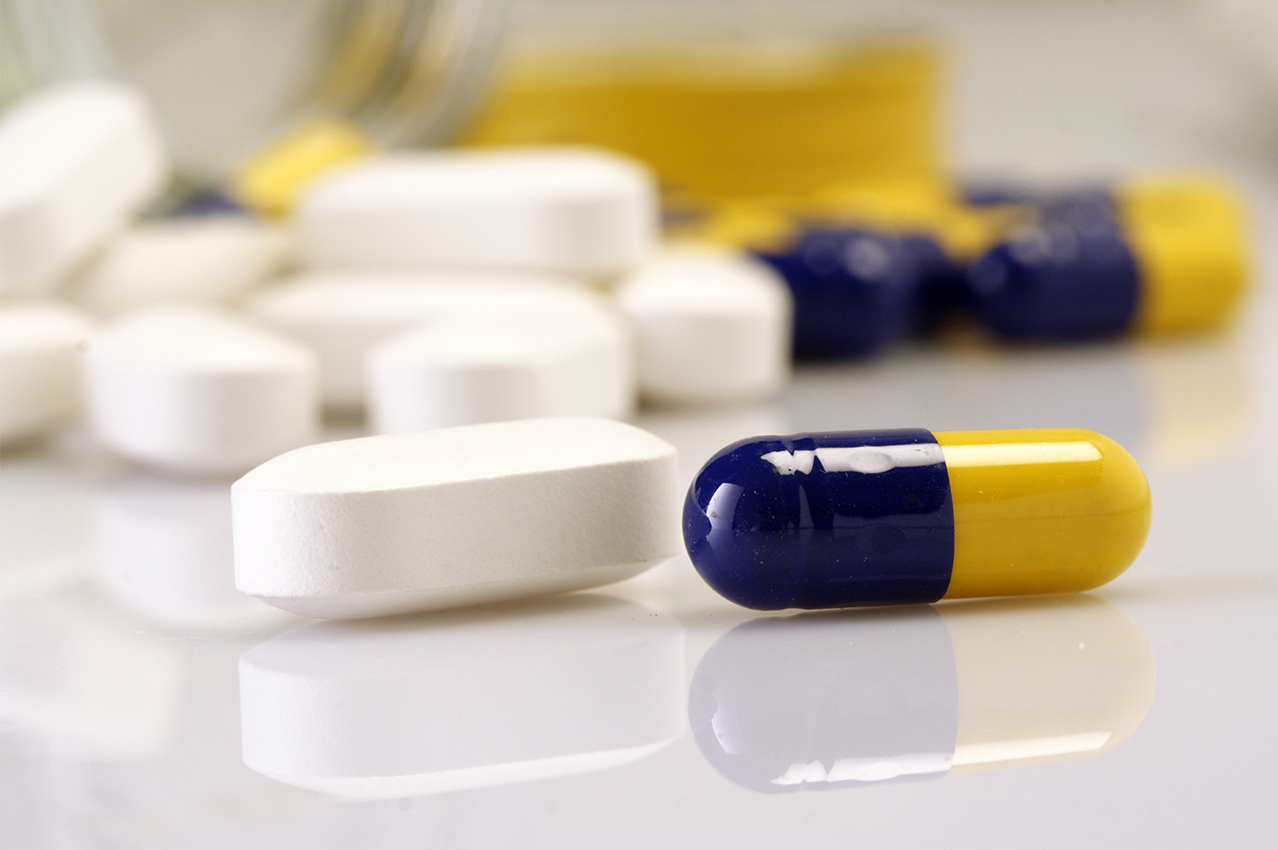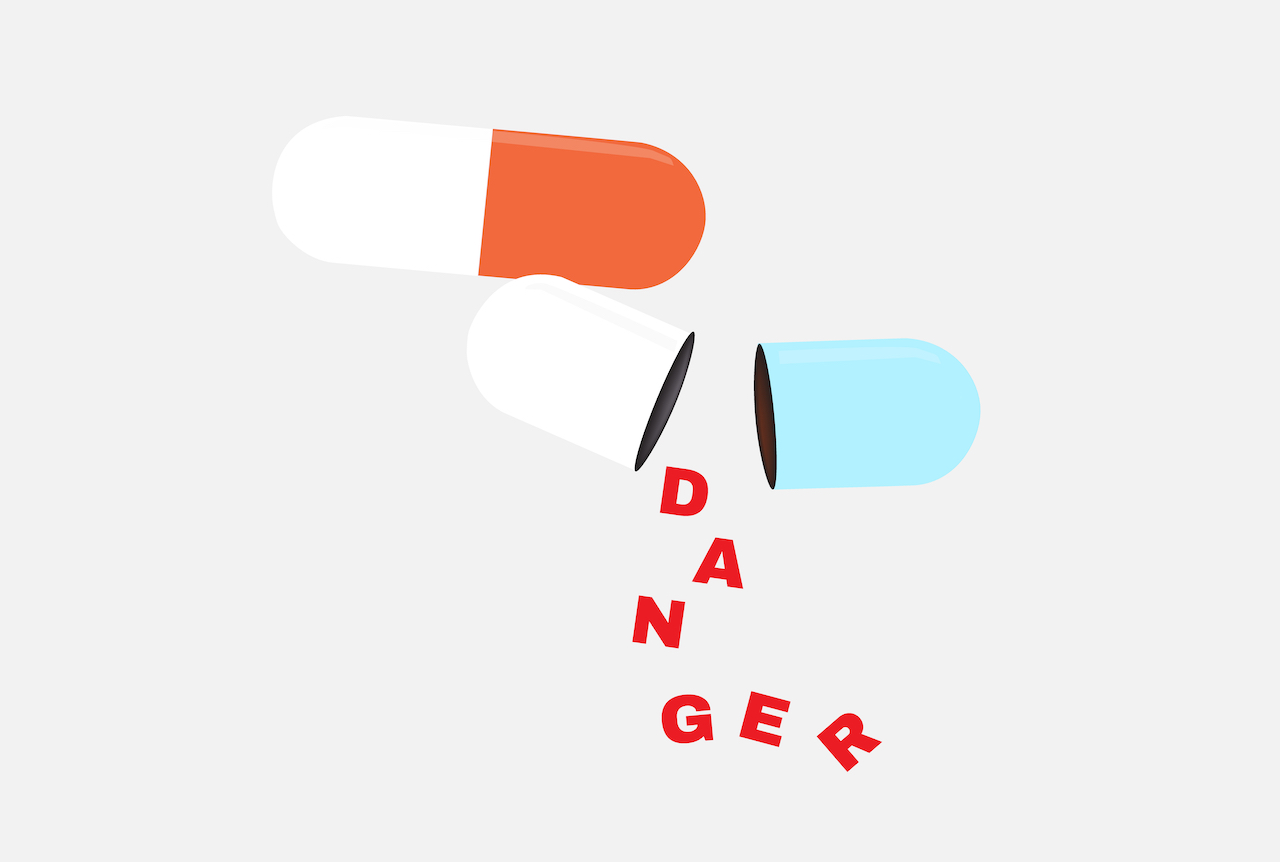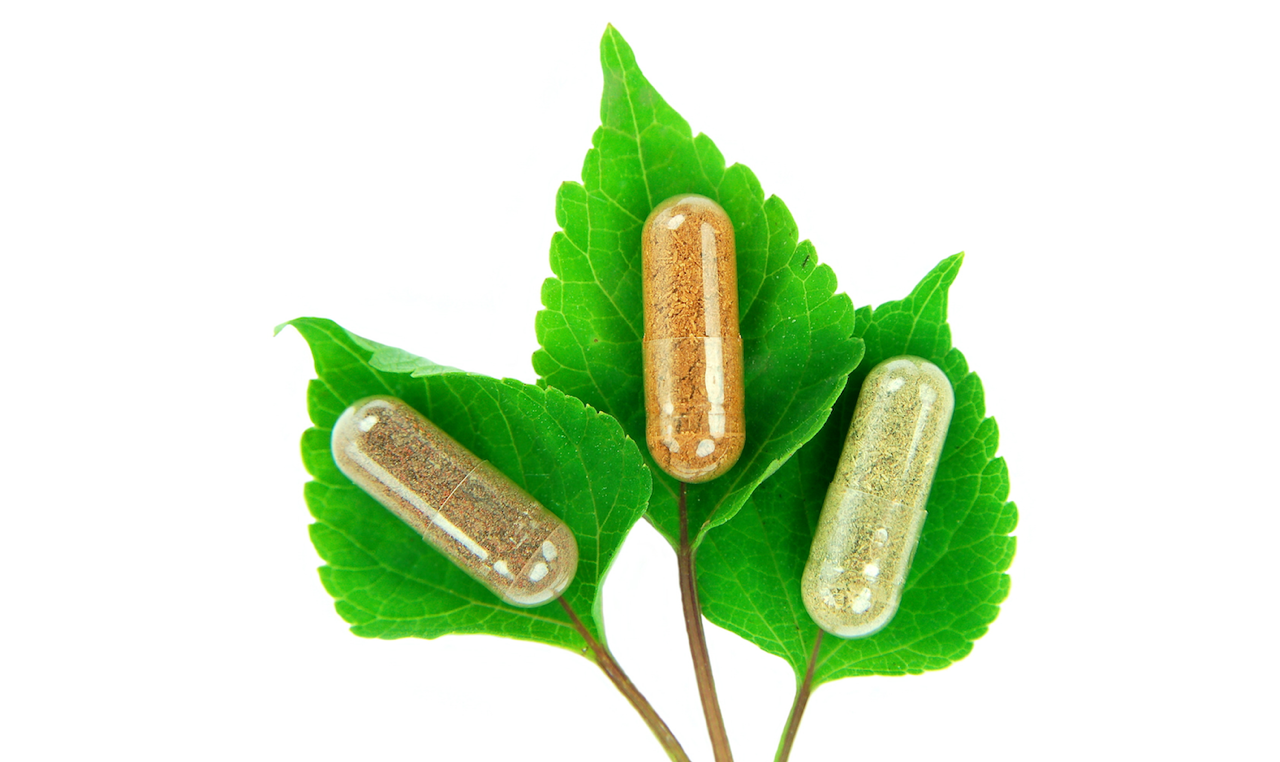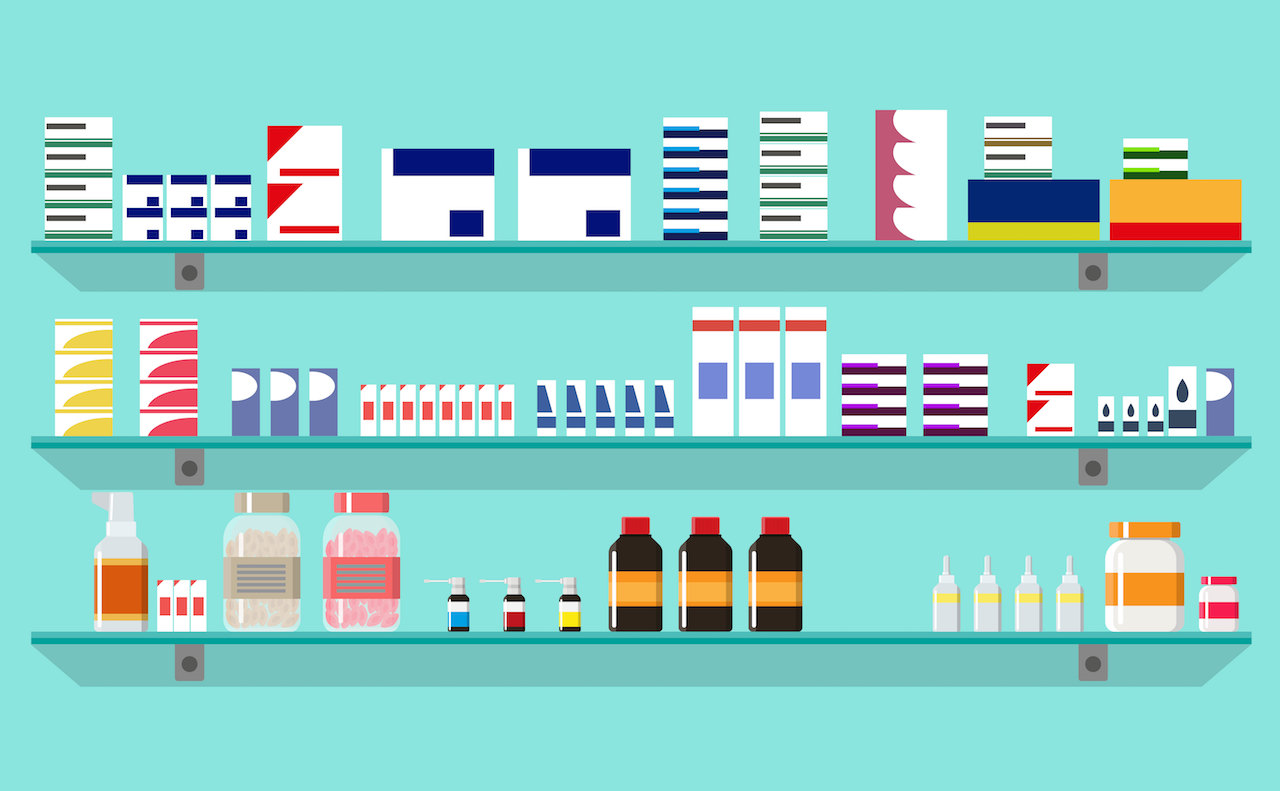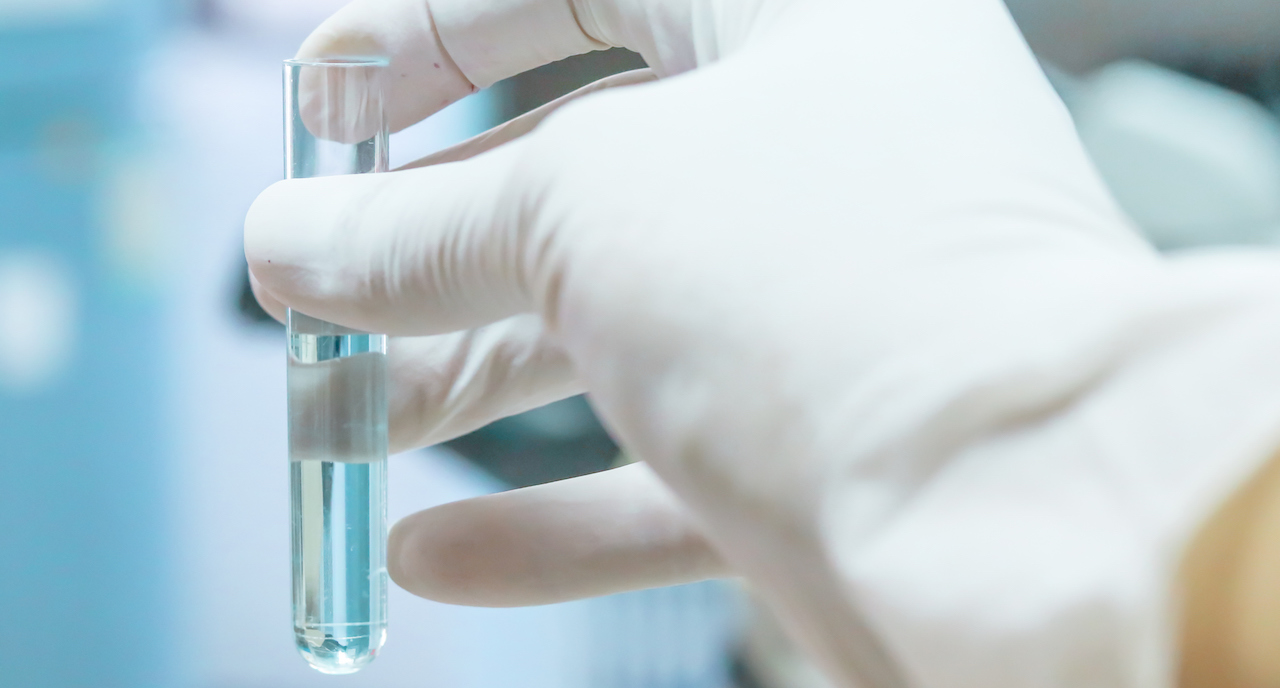If you struggle to peacefully drift off to la-la land, it means your sleep-wake cycle may be out of whack. Possible reasons for this include having too much caffeine before bed, watching TV, working on your laptop, or being on your phone late at night.
When sleep just won’t come, it’s tempting to turn to a sleeping pill for relief. But before you do, make sure you understand how they work.
Sleeping pills 101
Sleeping pills act as a temporary band aid to sleep problems. There’s a wide range of sleeping pills that vary from supplements, to over-the-counter (OTC) medication and prescription drugs.
Some of these medications can be addictive and can worsen insomnia in the long run. If you have ongoing insomnia, it’s important to see a doctor who will advise you on the best approach for treatment.
Here are common effective sleeping pills. Speak to your doctor before you start taking any medication.
Melatonin
Many sleeping pills contain melatonin. They’re commonly prescribed for circadian rhythm sleep disorders, which are problems with your internal sleep-wake cycle.
The brain produces a hormone called melatonin which regulates the sleep-wake cycle by telling the body that it’s almost time for bed when it’s dark.
Melatonin can help with:
- Jet lag
- Trouble falling asleep at night
- Coping with shift work
Melatonin supplements are available without a prescription from your local pharmacy.
Benzodiazepines
This medication is most commonly used as a tranquiliser for the treatment of anxiety and insomnia. They can also be used to treat severe muscle spasms, tremors, acute seizures, and alcohol and drug withdrawal symptoms.
However, these drugs are likely to cause daytime drowsiness and can cause drug dependence, meaning you may always need them to be help you sleep.
Benzodiazepines can help with:
- Sleepwalking
- Night terrors
Hypnotics
These are a group of sleeping medications only available by prescription.
You doctor is only likely to prescribe the drugs for insomnia that’s long-lasting and bothersome as they can have several negative side effects. The drugs can also treat movement disorders that interrupt sleep.
Hypnotics can help with:
- Restless legs syndrome (RLS)
- Periodic limb movement disorder.
Doxepin
Doxepin is used to treat insomnia in people who have trouble staying asleep. Doxepin is in a class of medications called tricyclic antidepressants. They work by slowing activity in the brain to allow sleep.
Doxepin is also available as a capsule and liquid to treat depression and anxiety.
Risks and side effects
All prescription sleeping pills have side effects. These will vary depending on the specific drug, dosage and how long the drug lasts in your system.
Common side effects include:
- Prolonged drowsiness the next day
- Headache
- Muscle aches
- Constipation
- Dry mouth
- Trouble concentrating
- Dizziness
- Unsteadiness and rebound insomnia
Other risks include:
- Drug tolerance
- Drug dependence
- Withdrawal symptoms
- Drug interactions
- Rebound insomnia.
- Masking an underlying problem
Use sleeping pills safely
The American Academy of Sleep Medicine advises the following:
- Never take a pill without a doctor’s approval.
- Don’t drink alcohol before using the medication.
- Take the first dose when you have planned no activities for the next morning.
- Don’t drive or operate heavy machinery after taking a sleeping pill.
- Call your doctor right away if you experience any complications.
Sleep is an important part of your overall well-being, and without enough of it, your health can suffer. It’s important to recognise and identify lifestyle habits that could be interfering with your sleep. Often, small changes to how you spend your day and improve how you spend your night!
References:
- https://www.sleepfoundation.org/articles/quick-guide-common-prescription-sleep-aids
- https://www.helpguide.org/articles/sleep/sleeping-pills-and-natural-sleep-aids.htm
- https://www.medicalnewstoday.com/articles/323775.php
- https://www.health.harvard.edu/mind-and-mood/benzodiazepines_and_the_alternatives
- https://medlineplus.gov/druginfo/meds/a617017.html
- https://www.drugs.com/mtm/doxepin-sinequan.html

